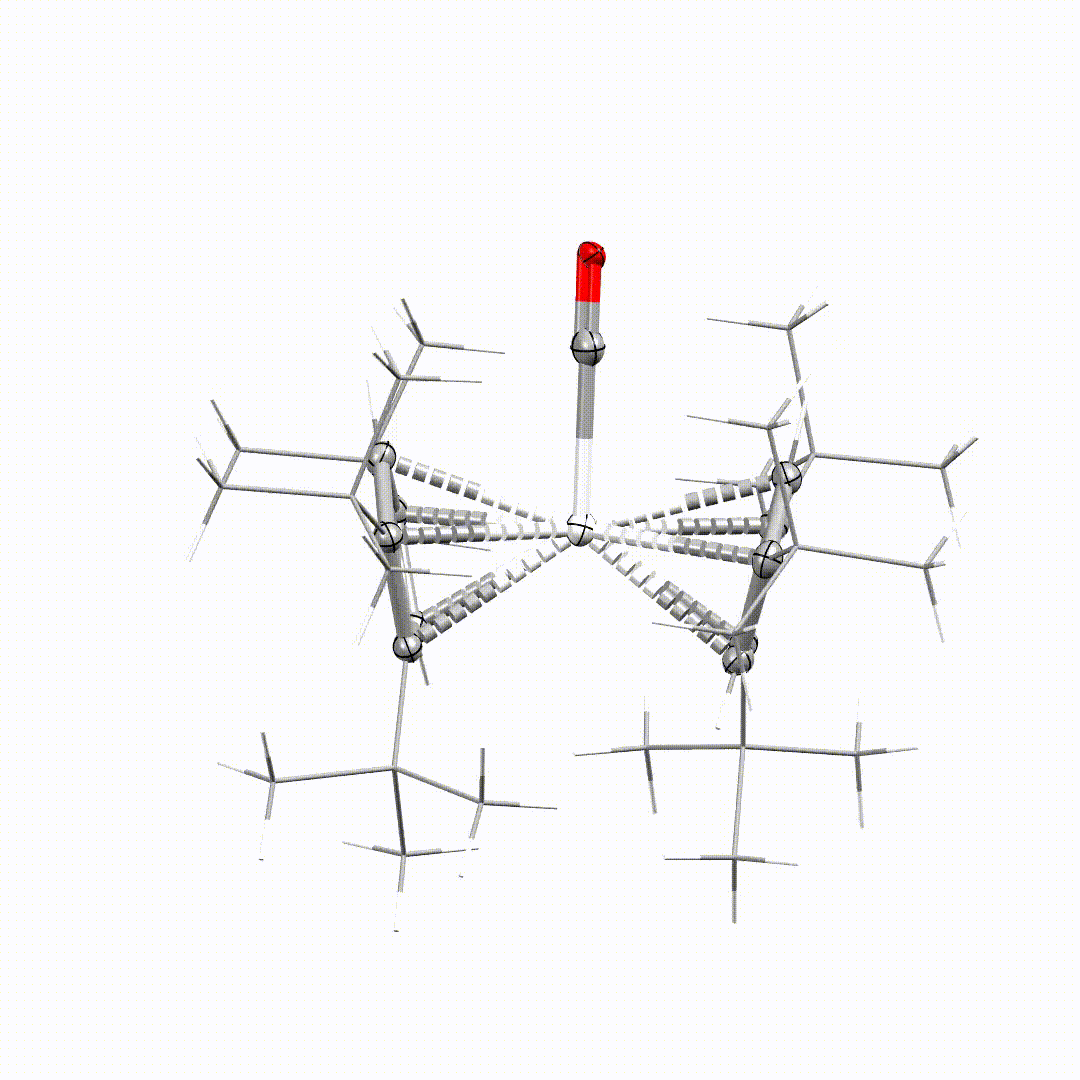Improving the Understanding of Chemical Concepts. The Latest CSD Data Update
Just in time for Christmas, we present the latest version of the Cambridge Structure Database (CSD) (Version 5.46). This release is a full update of the desktop CSD data portfolio, meaning that as well as the usual addition of new structures to our software, this release also includes improvements to older entries within the database.
The database now contains 1,308,545 unique structures and 1,341,400 entries of small molecule organic and metal-organic experimental crystal structures.
Crystal structures containing only organic molecules make up 45% of entries in the CSD while metal-organic structures comprise the remaining 55% of CSD entries. The organic structures span research areas from drug design to semiconductor materials. Metal-organic entries represent applications such as catalysis to gas storage. From both halves of the CSD, there are entries that improve our understanding of chemical concepts and lay the groundwork for future breakthroughs.
Here are some examples of the new entries.
Reported in Science by List and co-workers, an interesting example of organocatalysed asymmetric [6+4] cycloaddition (A solid noncovalent organic double-helix framework catalyzes asymmetric [6+4] cycloaddition). Rather than act homogeneously, the imidodiphosphorimidate framework precipitates under the reaction conditions to form a double helix–shaped noncovalent organic framework. This framework reveals the interactions between catalyst, tropone substrate, and a water molecule.


CSD Entries: HOXREV and HOXRUL
Also in this new release is work by Queen et al. reporting the first solid-state characterization of a scandium carbonyl complex (JACS, CSD Entry: QUBCEZ; The Scandium(II) Carbonyl Complex (C5H2tBu3)2Sc(CO) and Its Isocyanide Analog (C5H2tBu3)2Sc(CNC6H3Me2-2,6)). This work builds on the previous discovery of a scandium(ii) metallocene and also details the synthesis of the isocyanide analogue.

Reporting in Inorganic Chemistry, Hong et al. have investigated a series of homoleptic actinide and lanthanide amidinate complexes (Structure, Covalency, and Paramagnetism of Homoleptic Actinide and Lanthanide Amidinate Complexes). This study compared trends between Isostructural actinides and lanthanides complexes, in terms of covalency and magnetism, and also involved the preparation of the first homoleptic neptunium(III) amidinate complex (CSD Entry: YOXWUH).

We offer a route for researchers to share crystal structure data without an associated publication. The number of CSD Communications in this latest release of the CSD reaches 60,854, representing over sixty thousand additional datasets that would not have otherwise been available for furthering scientific knowledge and progress. Unlike the whole CSD, organic structures are more prevalent within CSD Communications entries at 59%. Of the almost 1000 CSD communications added this year, it is hard to choose just one example that captures the scope and breadth of these structures but we’ll make an attempt. From Constantin G. Daniliuc and co-workers, a bridging tricyclopentadienyl ligand complex, CSD Entry: ZOXLAD.

Do you have data you would like share with the community but are unlikely to publish through a journal publication? Learn more about the benefits of sharing your data as a CSD communication here.
Every year, we also carry out a series of projects to enhance data already in the database. These targeted enhancements generally aim to correct entries, improve consistency and enrich entries with further information. These enhancements include contributions from our 2024 summer interns. In the past year, we have:
- Corrected solvent name and 2D diagram representations
- Added oxidation states and bioactivity information to entries
- Added missing charges to 2D diagrams
- Identified and labelled re-refinements.
We are currently planning for CSD improvements for 2025, so if you have any suggestions for things you would like to see improved for entries within the database, please reach out to us.
Here at the CCDC, we take data integrity very seriously and work closely with other databases and publishers to address this. The CSD aims to be an accurate reflection of the literature, and this latest release also contains 1002 retracted structures; additional updates on retracted structures in the CSD can be found here.
Next Steps
To discuss further and/or request a demo with one of our scientists please contact us via this form or email us here.
Check out the Cambridge Structural Database (CSD) for yourself and see how your research can benefit from the combined knowledge of over 1.3M small-molecule organic and metal-organic crystal structure data.
Proprietary data? Our team can curate your proprietary data into a Cambridge Structural Database (CSD)-like database, accessible through a simple browser-based interface. This is all done within your firewall to comply with your data security requirements.
More information on CSD software trusted by academic and industrial institutions around the world.
See case studies of the CSD in action, driving forward the boundaries of scientific research.